Not all non-native species are considered invasive for example, most of the food crops grown in the United States, including popular varieties of wheat, tomatoes, and rice, are not native to the region. What is considered an Invasive Species in the United States?
According to the USDA, Invasive Species in the US can be plants, animals, or any other living non-native organisms that are among the leading threats to native wildlife, easily adaptable, & can reproduce quickly in this country’s particular area but can cause great economic and environmental harm.
Many invasive species are introduced into a new region by human activity accidentally or introduced as a form of pest control and other times, alien species are brought in as pets and released to a different habitat.
Invasive Species
According to the USDA and (NISIC) which stands for the National Invasive Species Information Center, Invasive Species can be plants, animals, and other living organisms (e.g., microbes). Invasive species are among the leading threats to native wildlife. Approximately 42% of species that are considered threatened or endangered are at risk because of invasive species.
Commercial, agricultural, and recreational activities depend on healthy native ecosystems. Invasive species are alien species when introduced to an environment that can also affect human health and economies which can cost billions of dollars every year.
- Endangered Species-is an animal or plant that’s considered at risk of extinction. A species can be listed as endangered at the state, federal, and international levels. On the federal level, the endangered species list is managed under the Endangered Species Act.
- Threaten Species-Certain groups of plants or animals are struggling to survive because the conditions they need aren’t common or available anymore. When there is a risk those plants or animals will become extinct, or no longer exist, they are called a threatened species
Invasive Species can ultimately lead to the extinction of native plants and animals, destroy biodiversity, and permanently alter natural habitats.
Common Invasive Species traits include:
- Fast growth
- Rapid reproduction
- High dispersal ability
- Phenotype plasticity (the ability to alter growth form to suit current conditions)
- Tolerance of a wide range of environmental conditions
- Ability to live off of a wide range of food types
- Association with humans
- Prior successful invasions
How Do Invasive Species Spread
Invasive Species are primarily spread by human activities like tourists who unintentionally introduce them to an area, migrating to new environments through ships, pet trade, shipments of new materials to a different environment, and even weather patterns.
They can hide in planes and be brought to new areas, in ships to get to new environments, people buy the invasive species as pets that end up escaping into the wild or can be too much for the pet owners to handle and the pet owners will then purposing release them into the wild.
An Invasive Species is an introduced organism that eventually becomes overpopulated and harms its new environment by taking over and causing ecological, environmental, and/or economic damage to the existing habitat.
There are many reasons why Invasive Species are able to be successful when they get to a new environment, these reasons allow them to adapt and survive the new area. Invasive Species have many different characteristics that allow them to adapt. Some of these characteristics are their population’s ability to grow quickly, which is crucial for survival, and having a very general diet, with the ability to spread out to many different areas, and withstand many environmental conditions.
There are many Invasive Species of Plants, Animals, Fish, and Pathogens but here is a sample of the most dangerous in the US.
Invasive Animals

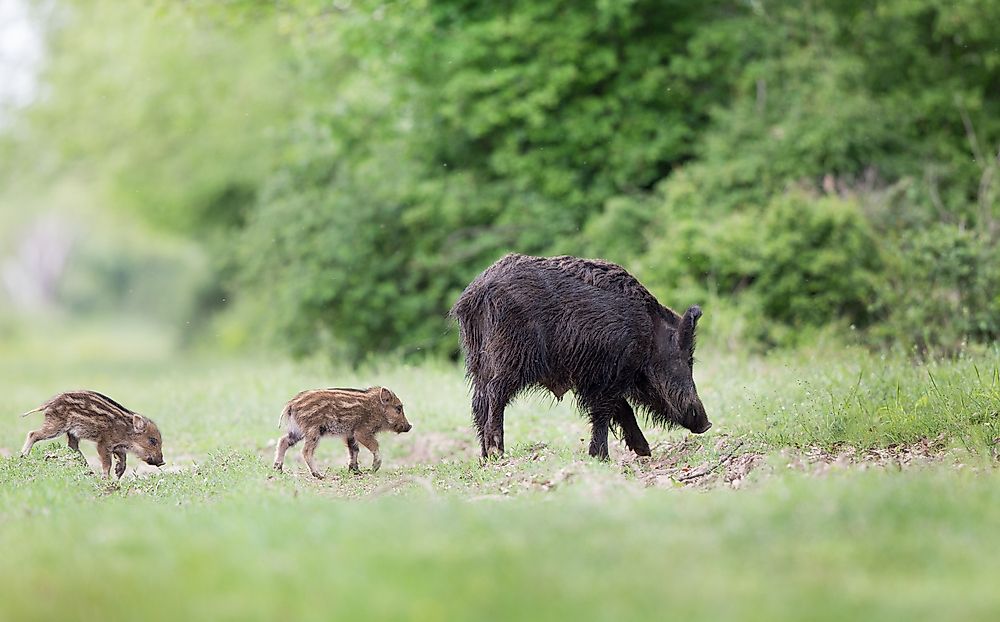
Invasive Animal Species include mammals, reptiles, fish, birds, and other organisms entering the United States through a variety of pathways both within the U.S. and nationally. USGS invasive species research encompasses all significant groups of invasive organisms in terrestrial and aquatic ecosystems throughout the U.S. When an animal becomes destructive to the ecosystem it lives in, it is called an invasive species.
Some of these Invasive species include the Nutria commonly called swamp or river rats because of their appearance and buck teeth. These animals, which can reach 30 pounds, were brought into Louisiana as part of the fur trading in the twentieth century.
The Burmese Pythons can grow up to twenty feet and be first brought into North America to be exotic pets. They became invasive in Florida everglades when numerous made it into the wild after a breeding facility was destroyed by a storm.
Wild Boar-A member of the pig family, Sus scrofa is the scientific name for boars, also known as wild hogs, or feral hogs. Native to Eurasia, North Africa, and the Greater Sunda Islands, they are invasive worldwide. A big problem in Texas for ranchers and farmers they cause more than 40 million dollars a year in damage.
Invasive Plants
The worst-known Invasive Plant is the Water Hyacinth it is known as the “terror of Bengal” due to its invasive growth tendencies from South America but it is completely at home all around the world.
Invasive plants such as cheatgrass and buffelgrass have increased fire vulnerability and diminished grazing value across the western U.S. Aquatic invasive plants such as the weed hydrilla and giant fern salvinia are clogging waterways. To help combat these invaders, USGS scientists are using new tools to model the potential spread of high-impact invasive species.
Pontederia crassipes, commonly known as common water hyacinth is an aquatic plant native to South America, naturalized throughout the world, and often invasive outside its native range. Water hyacinth is a free-floating perennial aquatic plant (or hydrophyte) native to tropical and sub-tropical South America.
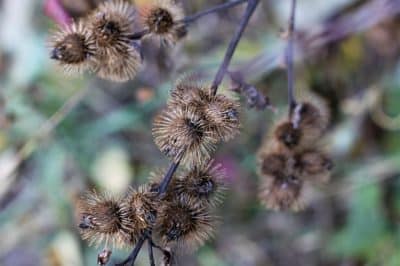
With broad, thick, glossy, ovate leaves, water hyacinth may rise above the surface of the water as much as 1 meter (3 feet) in height. The leaves are 10–20 cm (4–8 inches) across on a stem that is floating by means of buoyant bulb-like nodules at its base above the water surface. They have long, spongy and bulbous stalks. The feathery, freely hanging roots are purple-black. An erect stalk supports a single spike of 8–15 conspicuously attractive flowers, mostly lavender to pink in color with six petals.
Bamboo is another Invasive Plant that technically is a giant grass, and is one of the world’s most invasive plants. Once established, it is literally next to impossible to control. The sprouts that shoot up from the ground each spring can grow 12 inches a day
Burdock- You definitely know these plants if you enjoy a walk in the woods. Burdock is known for its clinging burrs that attach to the manes and tails of horses, cows, and sheep’s wool. This causes the animal to be unhealthy and can lower its market value of the animal.

Invasive Fish

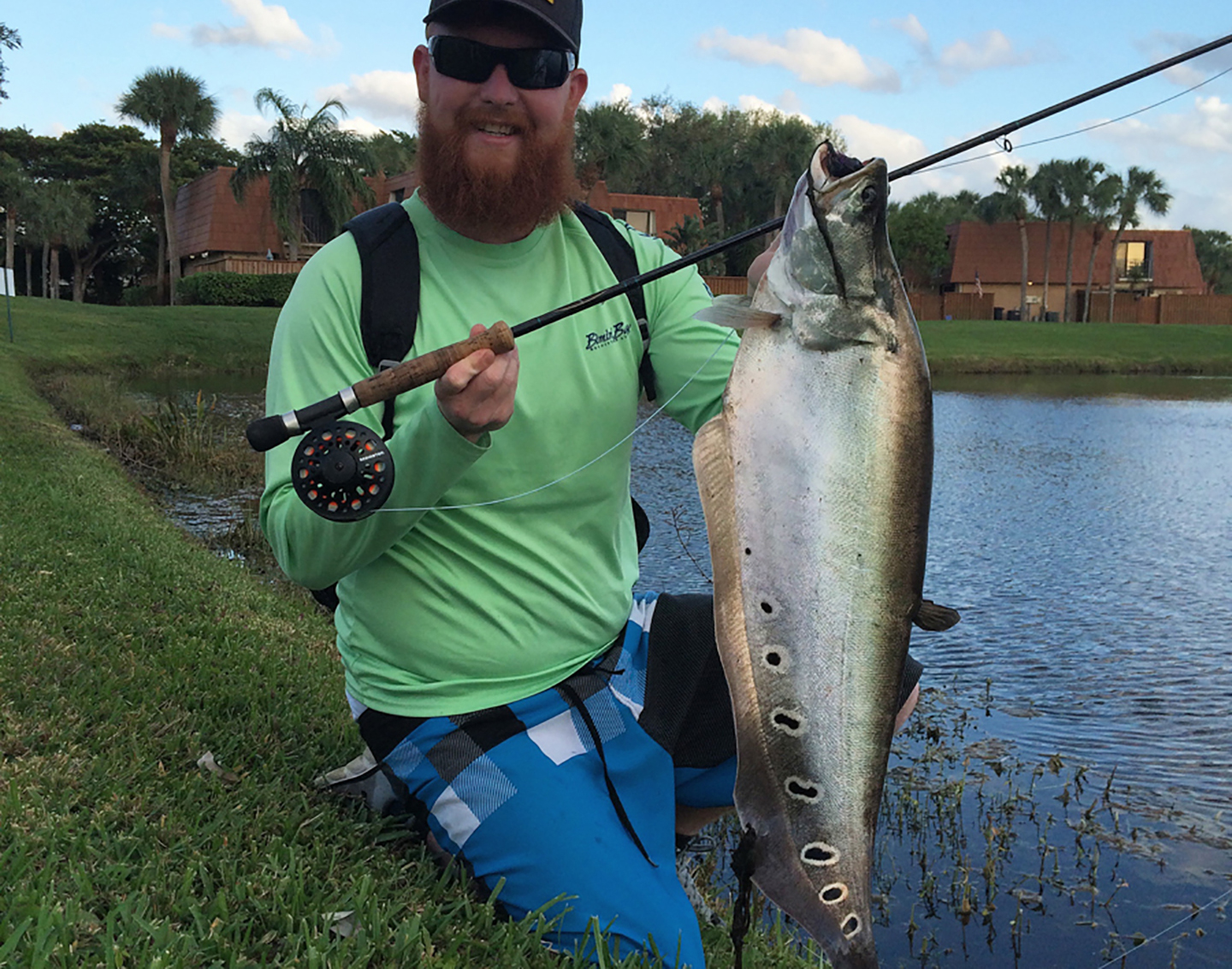
Lionfish- are the public enemy number one among Floridian conservation experts. Lionfish have totally destroyed fish populations along the East Coast and the Gulf region.
Florida is “ground zero” for the Lionfish epidemic, and they’re such a big problem that the Florida Fish & Wildlife even put a $5,000 bounty out on them back in 2018.
Clown Knife Fish– Another Invasive Fish in Florida is the Clown Knife Fish a crazy-looking fish that originates from the tropical waters of Indochina.
They’re a popular aquarium fish that either escaped or was released into the waters around Lake Ida by a private owner. Since then, they’ve established themselves as the menace of the Boca Raton/West Palm Beach area.
Asian Carp-In the United States, there are four invasive species collectively known as Asian carp: bighead carp, black carp, grass carp, and silver carp. In the 1970s, the U.S. imported them to help keep aquatic farms clean, control weeds in canal systems, and help with sewage treatment.
Without any natural predators to help keep their population in check, invasive species like the Asian Carp are prolific breeders and often flourish. They can destroy native plants, gobble up native animal populations and introduce disease, upending the delicate balance of organisms that provide food or support for each other or provide a check on each other’s growth. These guys are the symbols of Invasive Fish Species.
Invasive Pathogens
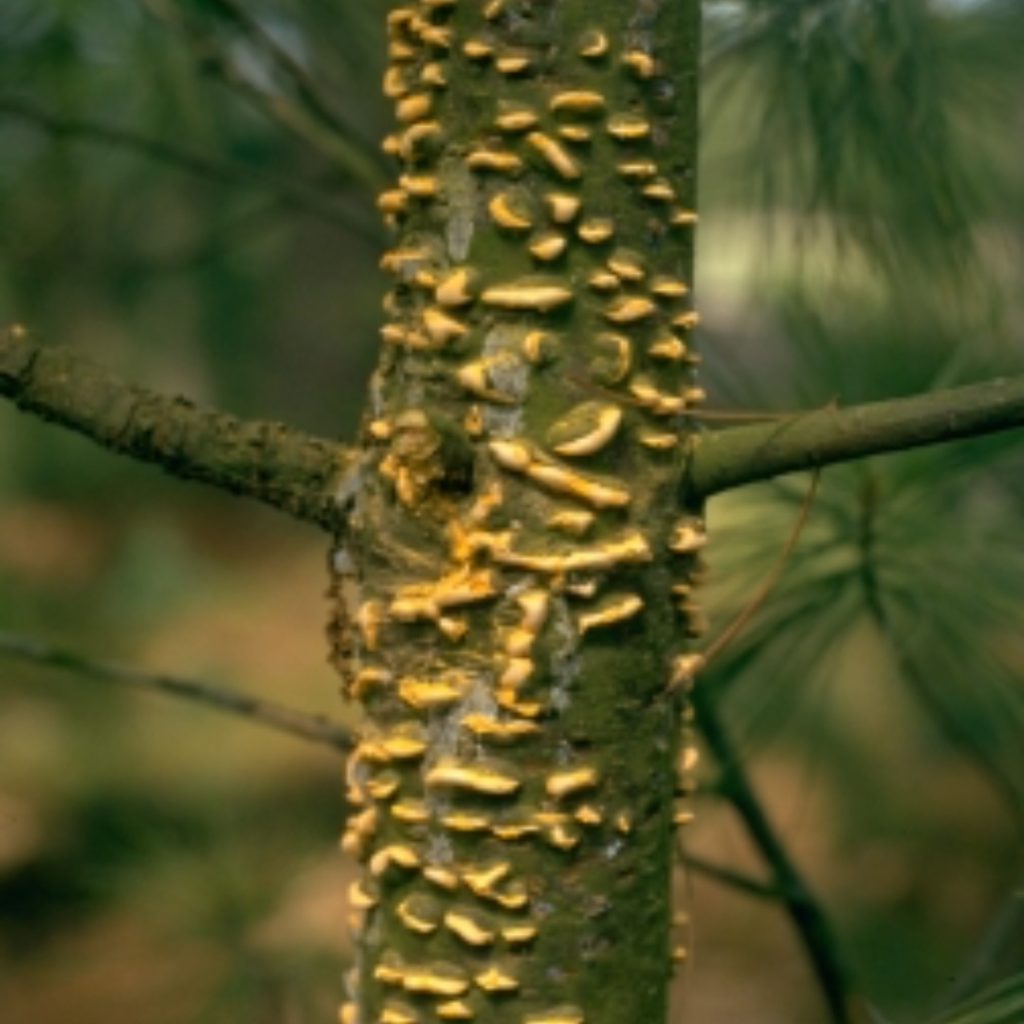
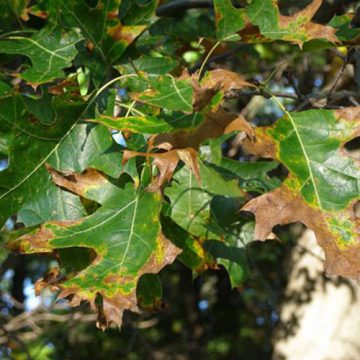
Invasive pathogens include diseases and disease-causing microorganisms of plants and animals that can spread rapidly and have significant impacts across the U.S. USGS research is addressing numerous diseases in both plants and animals and leading development efforts in advanced tools such as environmental DNA (eDNA) and vaccine technologies to assist in the prevention and early detection.
Invasive pathogens are those pathogenic microorganisms such as bacteria, fungi, and viruses that disseminate to new habitats and pose the risk of disease to the plants or animals of that ecosystem.
These alien pathogens may be especially devastating if the host plant or animal species are at risk of infection and have an immune system that has never been exposed to it. Invasive forest pathogens are usually the result of a fungal infection and are a problem for all types of forests: urban, commercial, and natural. Here are just a few from the many:
Oak Wilt- is a vascular disease caused by a fungal infection. The fungus produces mats under the bark that result in discoloration of the sapwood
White Pine Blister- White Pine Blister rust is a type of rust fungus that requires 2 hosts to survive. While they rely primarily on white pine trees are native to Asia
Invasive Water Hyacinth
For more great information on environmental issues like this of today stay here on MyWaterEarth&Sky-The highly aesthetic Water Hyacinth is the flower of Apollo, the god of the sun, and it is considered to be a sign of not just peace, but dedication, and beauty, .…………….… Continue reading
JimGalloway Author/Editor

References:
National Wildlife Federation-Endangered Species
 Invasive Species Definition Clarification and Guidance
Invasive Species Definition Clarification and Guidance

